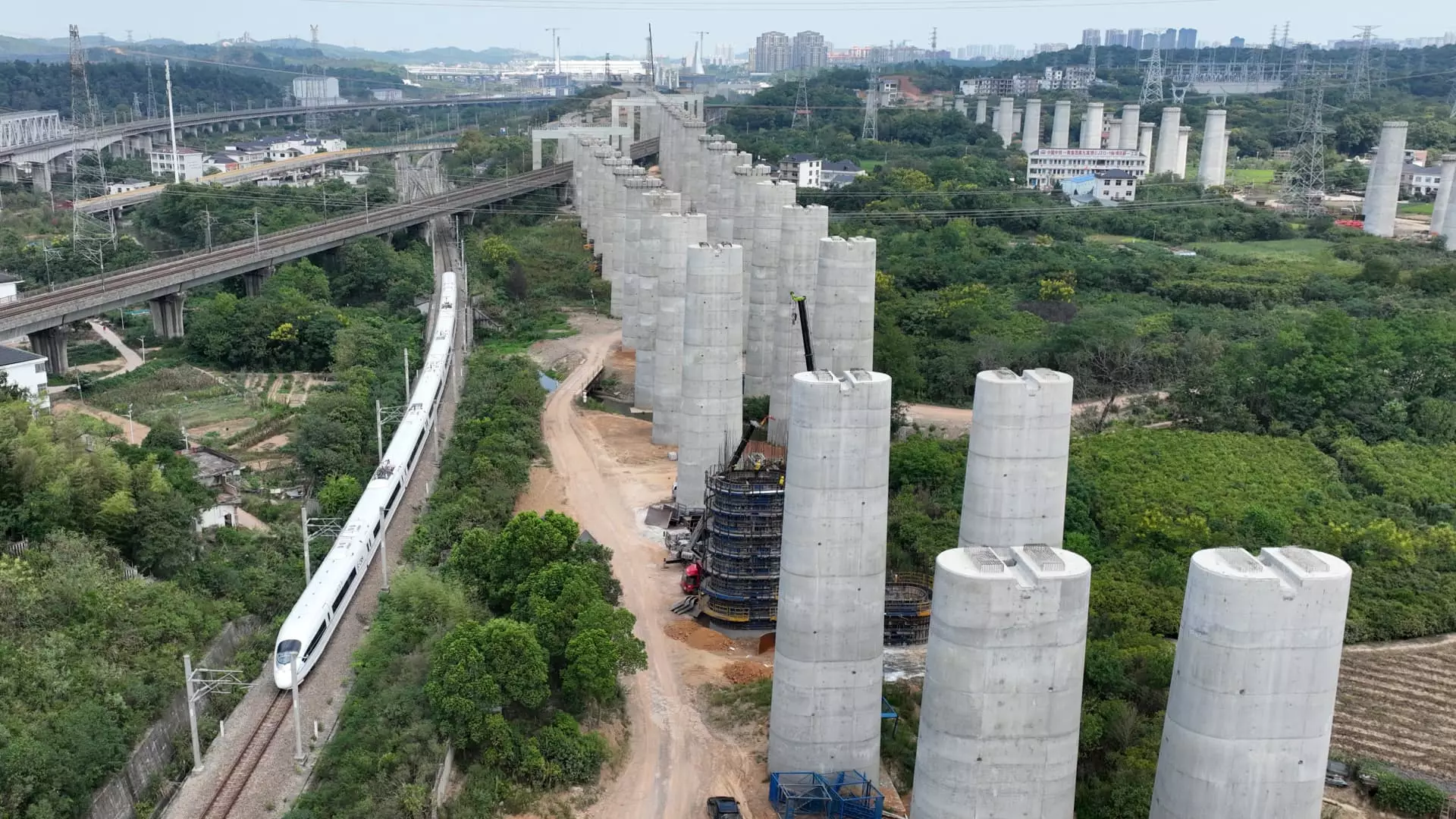China’s economy, once a beacon of rapid growth and consumption, is now grappling with a significant slowdown, primarily tethered to the country’s troubled real estate sector. This phenomenon has roots that run deep into local government finances, characterized by rising debts and a declining ability to generate revenues. As property values continue to plummet, the interconnected fabric of individual wealth, local governance, and macroeconomic stability unravels, raising concerns over the long-term implications for the nation’s economic health.
For the last two decades, the majority of Chinese households invested heavily in real estate, which was once perceived as a stable vehicle for wealth creation. However, with the Chinese government’s regulatory efforts, initiated in 2020, targeting the high dependence of real estate developers on borrowing, the market has experienced significant turbulence. This decline has been particularly damaging to local governments, primarily at the district and county levels, where real estate transactions account for a substantial portion of budgetary revenues. As property values decline, the associated revenues from land sales and taxes evaporate, presenting daunting challenges for local authorities.
S&P Global Ratings cautioned that these financial reverberations could take three to five years to remedy. The prolonged absence of recovery in local government revenues symbolizes a deeper systemic issue; increasing debt levels are proof of the financial strain that local governments endure amidst declining economic activity. This precarious foundation inhibits their ability to stabilize budgets, ultimately impacting their expenditures on crucial public services.
The attempts by local authorities to recoup lost revenue have heightened the stakes for businesses across China. Reports indicate that various companies are now facing demands for back taxes on transactions that stretch back decades — in some cases to 1994. The urgency of these demands reflects the desperate attempts of local governments to replenish their coffers as the fiscal situation deteriorates. Although local tax officials claim these measures are standard procedures, they stir unease within the business community, leading to a decline in confidence and consumer spending.
In regions like Zhejiang province, this situation has led prominent companies, such as NingBo BoHui Chemical Technology, to contest hefty tax reassessments. The resulting uncertainty fosters a highly unfavorable climate for both business growth and consumer confidence. The CKGSB Business Conditions Index has stagnated around a critical threshold indicating possible contraction over the past year, signaling a collective reluctance to engage in substantial economic activities until clarity emerges.
Local Government Financing: A Fragile Network
An intricate web beneath the Chinese economy involves local government financing vehicles (LGFVs), which have accumulated vast debts to fund projects of questionable financial viability. This trend echoes the previously excessive investment strategies aimed at fostering rapid growth. Local governments have created LGFVs, which served as conduits for state funding to support infrastructure projects; however, many of these ventures have yielded disappointing financial returns.
The current stance of the Chinese government remains focused on reducing overall debt levels while attempting to navigate the delicate balance of retaining economic stability. Critics warn that this tightrope walk may not be sustainable, as the LGFV sector could present a more significant risk to the banking system than the beleaguered real estate market. The observation by Alicia Garcia-Herrero regarding the overlooked risks associated with LGFVs suggests that these financial instruments could expose Chinese banks to much higher levels of vulnerability.
Moving forward, the road to recovery for China’s economy may be fraught with obstacles. While local government financial health relies on rejuvenating income streams through increased consumption and expanded tax revenues, shifts toward a consumption-led recovery remain challenged by persistent macroeconomic headwinds. Analysts caution that without effective measures to facilitate consumer spending and bolster business confidence, the cyclical nature of investment-driven growth may only compound existing economic stresses.
Moreover, as reform processes within the rigid structure of China’s state-dominated economy face resistance, the potential for significant policy shifts seems limited. The emphasis on reducing debt and appealing to sustainable growth necessitates a reevaluation of local governance strategies. Ultimately, achieving a balanced recovery that harmonizes real estate stability with consumer confidence will demand innovative thinking and strategic oversight in the years ahead. The careful navigation of these interconnected terrains will prove essential to restoring the foundational pillars of strength that once characterized China’s economic narrative.

